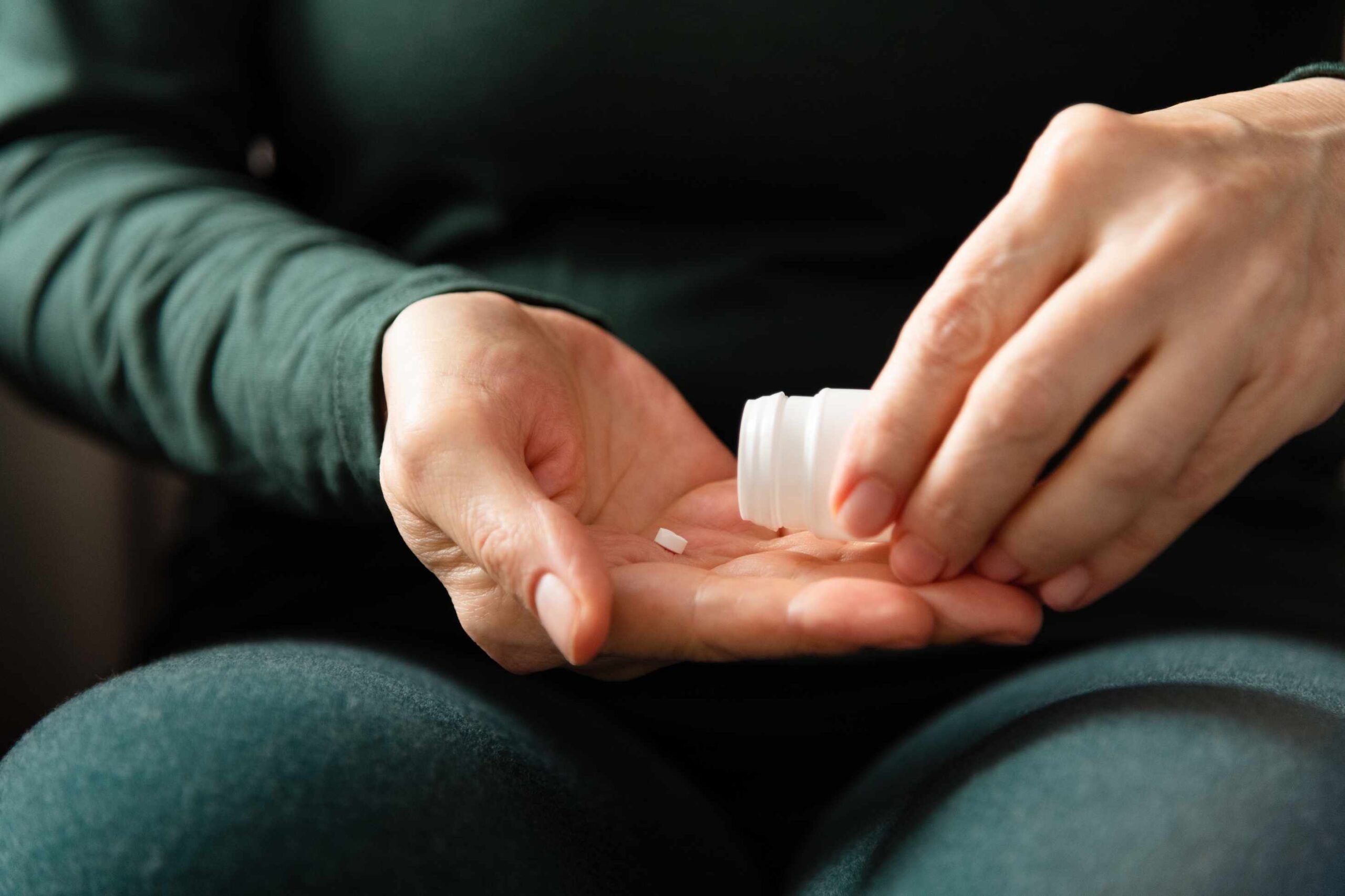Diabetes is a chronic metabolic disease that occurs when your blood glucose levels are too high. If you are given a diabetes diagnosis, you must adopt new lifestyle habits, such as eating a healthy diet and taking prescribed medications. Patients should also make sure to maintain their blood sugar levels, lipid levels, and body weight, etc. If it is not treated properly it can lead to many other long-term health issues such as kidney damage, microvascular and macrovascular complications, diabetic neuropathy, etc.
If you are currently adhering to your doctor’s recommended routine, it may be difficult for you to do so during this quarantine because of the abrupt change in circumstances. This can lead to both physical and mental problems, you might find it hard to adapt to the new environment following your routine. So here are some simple steps in Diabetes care that you can follow during this quarantine to avoid discomfort or problems.
Holstein Housewares Cake Pop Maker, Lavender – Makes 12 Cake Pops, Non-Stick Coating, Perfect for Birthday and Holiday Parties
Exercise Regularly:
This is a crucial step in the treatment of diabetes. People with diabetes are advised to exercise frequently during the quarantine in order to maintain their weight and control blood sugar levels. Exercise improves insulin sensitivity and lowers blood sugar levels. Your cells will be able to utilize the sugar in your blood more efficiently if your sensitivity to insulin is raised. The risk of any cardiovascular disease can also be lowered by exercise. You can also start engaging in other physical activities, like cleaning and gardening, among other household chores. If your muscles are involved in any physical activity it can use more glucose and the muscle movement can lead to lower blood sugar levels. The best time to exercise is 2 to 3 hours after eating. During the quarantine, you can follow at-home exercises like jogging, running, weight lifting, etc for at least 30 minutes per day. Checking your blood sugar levels before and after engaging in any physical activity is important, though. This will enable you to modify your activities based on how your blood sugar levels are responding.
Eating the Right Food:
The primary energy source derived from your diet is blood glucose. The insulin hormone released by the pancreas helps to take the glucose from the food you eat and get into your cells and then convert them into energy. However, blood sugar does not reach your cells if your body does not produce enough insulin, and eventually, high blood sugar can lead to health problems. Thus, selecting the appropriate food to eat is always important.
Anxiety and Stress Management:
Although it doesn’t seem like a big deal, this diabetic care step is crucial. This quarantine can be very much stressful as you are locked down in a small place where you need to isolate yourself without going out and meeting your loved ones. This makes the situation worse and can cause anxiety to people, and if you have diabetes then it can make you exercise less, drink more, eat unhealthy food, not watch your diabetes closely, etc. This will increase your insulin sensitivity and can make the situation even worse. Thus, it is up to you to take charge of your everyday activities. You can follow these things to manage your stress and anxiety:
Practice mindfulness and meditate.
Try breathing exercises.
Spend time with your family.
Get no more than eight hours of sleep each night.
In addition to the top three diabetes care recommendations we’ve provided for this quarantine, there are a few easy actions you can take to really impact things.
You can take this time of quarantine to get rid of the smoking habit, it can help you control blood sugar levels better.
Intake adequate water, it will increase the concentration of glucose in your blood.
Make sure to have enough stock of your medicines. Keep a careful eye on your blood sugar and weight.


